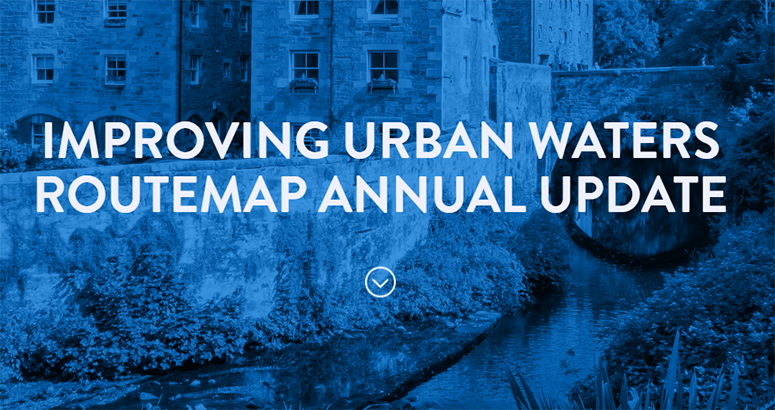Improving Urban Water Quality "on track"
21 December 2023
Latest Report
“The improvements we are implementing are on track and will contribute significantly to national targets for water quality in the environment to build on the already high standards being recorded.”
Professor Simon Parsons
Director of Environment, Planning and Assurance, Scottish Water
A new report from Scottish Water highlights the progress being made in transforming waste water systems to deliver environmental improvements.
A range of work is being undertaken to ensure we work towards achieving national targets on the quality of the country’s water environment by 2027.
A programme to install 1000 new monitors by December 2024 remains on track, with 230 monitor installations taking place over the past 12 months.
A parallel programme to improve the monitoring network in more than 180 waste water catchment areas using new technology is already delivering results, with an additional 229 monitors and alarms installed “upstream” and 40 potential pollution incidents being proactively prevented.
Further progress on the routemap – originally published in December 2021 - made during the last 12 months includes:
- 61 development projects underway for overflow discharge locations assessed to be the highest priority due to environmental impact
- Partnerships in Dundee, Aberdeen, Glasgow and Edinburgh to tackle surface water management
- All sewer and flood improvement projects are considering surface water disconnection and separation opportunities
- Nature Calls campaign on binning wet wipes targeting local sewer choke hotspots
- Calling for the UK and Scottish Governments to support a ban on wet wipes made with plastic £500 million is being invested as part of the routemap to improve urban waters and meet 2027 targets for water quality in the environment
Simon Parsons, Scottish Water’s Director of Environment, Planning and Assurance, said:
“87% of Scotland’s waterbodies are in good or better condition, amongst the best in Europe, and this report points to concerted efforts across our whole waste water system to make improvements that will continue to deliver positive benefits for the environment, customers, and communities.
“Scotland’s sewer system is complex and, in many instances, does not have the capacity needed to cope with climate change and growth.
“The improvements we are implementing are on track and will contribute significantly to national targets for water quality in the environment to build on the already high standards being recorded.
“Enhanced monitoring at overflows, improved intelligence upstream in the sewer network which prevents discharges, innovation at our treatment works, and encouraging responsible customer behaviour all combine to highlight that Scotland’s water environment is a resource in which we can all take enormous pride. We cannot do this alone and must work with others including agriculture, local authorities, highways authorities, industry, and communities to drive further improvements.”
Overflow Monitor
What this video to find out more about what an overflow monitor is and what it does
The Improving Urban Waters Routemap – reported to the Scottish Government - focuses on four key areas of activity:
- Water Quality
- Improving Monitoring
- Reducing Sewage Related Debris
- Reducing Overflows
Scottish Water is working on a major project to deliver enhanced reporting of overflow events to the public which will see near real-time information available by December 2024.
The latest update aligns with a further release of data on overflow locations (Combined Sewer Overflows, Emergency Overflows, and Settled Storm Sewage Overflows). Data is reported annually to SEPA as part of our regulatory conditions; however, the latest data release relates to “other” licensed overflows – those which are not part of our regulatory reporting requirements which are largely located at waste water treatment works and within pilot intelligent catchment areas.
Professor Parsons said: “We recognise that what can be released intermittently into Scotland’s waters is a concern to people and are playing our part in fully informing the public about this.
"Around 99% of intermittent overflow volume is rain, surface water, road run-off, grey water, infiltration of groundwater and trade effluent. The system is designed to operate in a way that prevents blockages and flooding our homes, businesses, and communities.
"We remain committed to working in partnership with others to reduce the frequency of overflow events in the future which will help ease pressure on our system from extreme weather events.”









